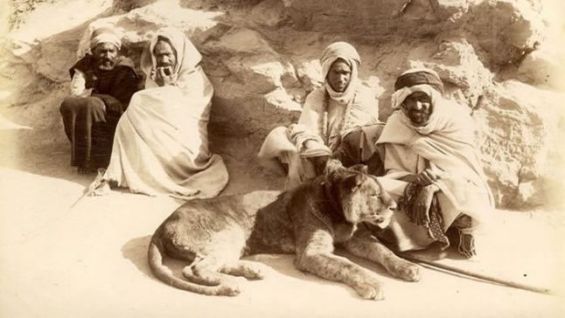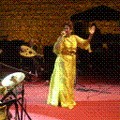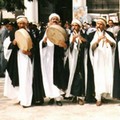They are a pride to the Moroccan people, a symbol of the Kingdom and the nickname for the national football team. Atlas Lions, known also as Barbary lions, roamed the Atlas Mountains in Morocco where they lived for centuries.
But these wild species were also part of London’s very first zoo. Established in the 1200s, the royal zoo located in the Tower of London, a historic castle on the north bank of the River Thames in central London, housed two barbary lions.
King Henry III's menagerie
«From 1200 to 1835, the tower housed a menagerie of exotic wild animal, never before seen in London, including lions and a polar bear given as royal gifts», wrote the Historic Royal Palaces.
According the independent charity that manages some of the United Kingdom's unoccupied royal palaces, in 1235, King Henry III was presented with three ‘leopards’, «probably lions but referred to as leopards in the heraldry on the king’s shield».
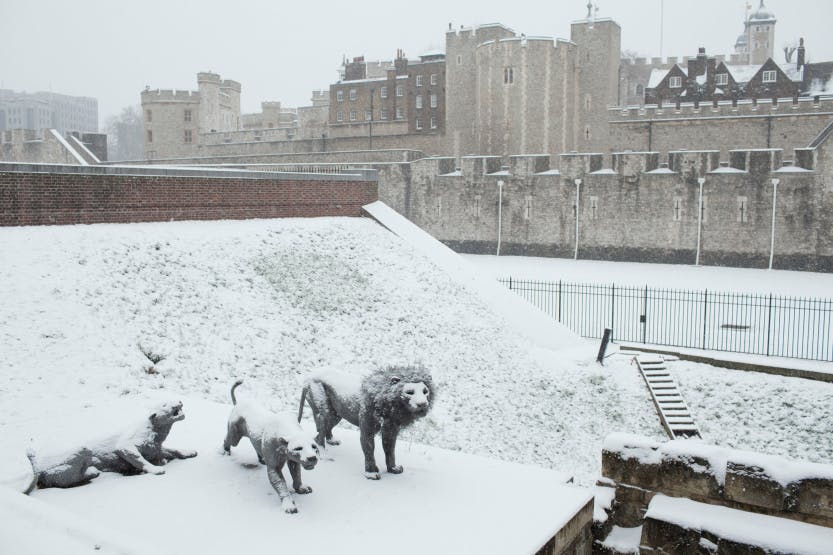
The three big cats inspired the King, who ruled England from 1216 to 1272, to start a zoo at the Tower. «Over time the collection of animals grew : the lions were joined by a polar bear in 1252 and an African elephant in 1255», added the same source.
The predecessor of Queen Elizabeth I, James I, carried out the tradition started by King Henry III, taking care of the Barbary lions housed by the royal menagerie. Historic Royal Palaces confirmed that King James I «had the Lions’ den refurbished, so that visitors could see more of the lions prowling around their circular yard».
The king also «improved the lions’ living quarters, so that visitors could look down and see the great cistern … for the lions to drink and wash themselves», added the same source.
The skulls of Moroccan lions
Scientific evidence proved centuries later that the lions put by King Henry III in the Tower of London were indeed from North Africa. The discovery was made public by the Natural History Museum in an article published in 2015.
The London museum recalled that in 1937, workmen digging in the old moat near the Tower of London found two «well-preserved lion skulls».
Museum scientists found out that, indeed, one of the lions «lived between 1420 and 1480 … and the other lived between 1280 and 1385».
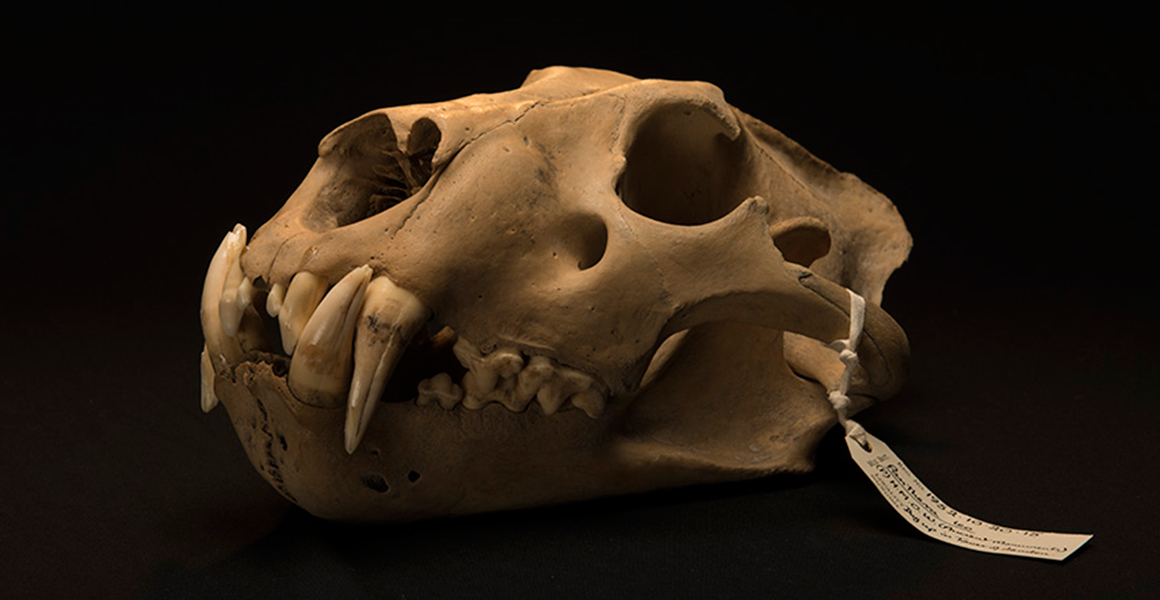 The skull of one of the Barbary lions that were housed by the Tower of London./Ph. DR
The skull of one of the Barbary lions that were housed by the Tower of London./Ph. DR
The discovery showed that London was home to the oldest Barbary lion in the UK since the extinction of wild cave lions during the last ice age, added the museum.
Genetic testing unveiled that the skulls discovered near the Tower belonged to «pure-bred Barbary lions, Panthera leo leo». According to the same source, analysis showed that the two lions suffered from malnourishment.
The two skulls belonged to the Barbary species which went extinct in the wild in 1922. However, Oxford researcher Nobuyuki Yamaguchi told the Telegraph in 2008 that «the last known Barbary lion in the wild was shot in 1942 on the northern side of the Tizi-n-Tichka pass in the Atlas Mountains, near the road between Marrakech and Ouarzazate».
To the researcher, Barbary Lions were believed to be extinct in captivity but their descendants which were part of the royal lion collection of the king of Morocco were spotted three decades ago.
«Although a recent study carried out at Oxford suggests that those ‘Moroccan King’s lions’ are likely to be pure Barbary Lions on the maternal side», Yamaguchi said.
However, Rabat zoo in Morocco says that it is «fighting to save the bloodline» of Barbary Lions, reported Phys org in 2012.
For Abderrahim Salhi, the zoo’s head of operations «it was thought that the species had disappeared. But it turned out that Sultan Mohammed V had some Atlas lions in his private park».
According to Salhi, the royal collection of King Mohammed V formed the «nucleus» of the zoo. The latter housed in 2012, 32 lions which is around half of the number remaining worldwide, concluded the same source.





 chargement...
chargement...




